One of the recurring themes in AE 2010 is 3d printing, or the increasing possibility to produce objects based on your own design.

In the Toaster example, (see the last post), the physical attempt of building alone an otherwise mass produced object, seems to fail due to the inherent complications of the process. Opposite to this, 3d printing seems to lead an optimistic reflection on the real possibilities of skipping mass production and basically print by yourself 3d prototypes or even everyday use objects. The gap between computer modeling and real things is getting smaller and smaller.
In every section of AE Festival, a different kind of 3d printer would just pop up in connection to a different thematic. Some of the machines we saw already look kind of affordable, the price ranging from 1000 to as low as 500 Euros, but you still need some skills in DIY and electronics, since they need to be assembled and soldered.
The Makerbot model, for example, costs about 750$ and it’s an open source project you can order in kit or just make from scratch, following the instructions.
And it can play music, too!
Another interesting example is RepRap, (Replicating Rapid-prototyper), an open source project to build a machine that can replicate itself. The on-line community dedicated appears strong and active.
Right now, the better designed machine, appears Rap Man by Bits from Bytes (BFB):
We can’t help trying not to think about the impact those systems will have on our culture once they’ll be better improved and diffused.
As for open source software, we wait for 3d printing to impact the “real world”, with a network of shared designs, free to improve and ready to be printed by communities of users around the world.
Let’s start already on Thingiverse.
A second stream of production is through online services such as Shapeways, Sculpteo, Fab3d or Fab at Home, that allow users to upload their designs to have them 3D printed in a wide range of materials (currently 20 material options) and shipped worldwide. In this case you won’t need a 3d printer machine, but the price of the printed models can get quite expensive.
Already anticipating a possible future, Daan van der Berg (see first photo of this post) is exploring the borders between mass production and objects which are destined to be unique. Merrick, his project exhibited in the AE Festival, consists of (beautiful) Ikea-like hacked lamps, which come out of 3d printing as if they were affected by the Elefantiasis disease, shaping each unit in a slightly different way.
This result is given by a modification in the code of the machine and could be the beginning of an artistic reflection on the possibilities of this relatively new technology.
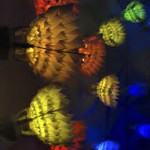
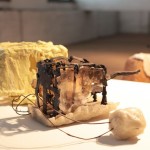
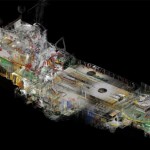
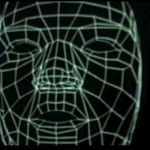
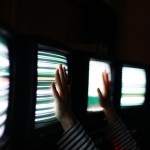
Can anyone recommend a good home printer? I don’t need to print photos, just documents….